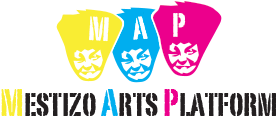CATALOGUE
ALTAR OF ANTWERP
How do we deal with loss in Antwerp? The Altar of Antwerp is an interactive installation that reflects on it every year. It is inspired by the relationship between life and death in pre-Columbian cultures in South America and is set up in the MAS in honour of Día de Muertos since 2012. Visitors to the Altar of Antwerp can commemorate people there. We are always connected to all of our memories. We can connect ourselves to our past.
Just like life itself, the Altar takes many forms and is different every year; a colourful organism that is supplemented with a new layer of meaning by a different artist every year. Setting up the Altar in a museum is a challenge, because how do you preserve something that cannot be preserved?
In contrast to the Altar of Antwerp, since 2013, a traditional Mexican altar has been erected by an organisation appointed by the Mexican Embassy. Since 2017, the Altar of Antwerp has been part of the collection of the MAS. It has also been included as an ‘ambassador’ in the register of good practices for intangible heritage in Flanders.
MAP – Mestizo Arts Platform
More than 170 nationalities live together in Antwerp. Mestizo Arts Platform is a collective of artists from different cultural backgrounds, all living in Europe. Their collaboration includes an invaluable wealth of stories and cultural capital. They blend traditions, aesthetics and visions into a larger cultural whole and enrich the prevailing culture with new perspectives and information. In this way, they contribute to the future and create a unique and rich cultural heritage for all of us.
The MAS
The MAS is a museum about global connectedness between people. The museum’s collections come from all sorts of different worlds of thought and life. The great variety of objects, whose origins lie in various collections, is the starting point for the stream of stories that are told in the museum.
Working method
MAP, the initiator and curator of the Altar of Antwerp, asks one or more artists to add a new layer to the versatile installation each year. By means of workshops or campaigns, visitors can also contribute to it. In this way, the Altar continues to grow and becomes a living museum piece of collective value.
Below you find more information about each layer that was added each year.
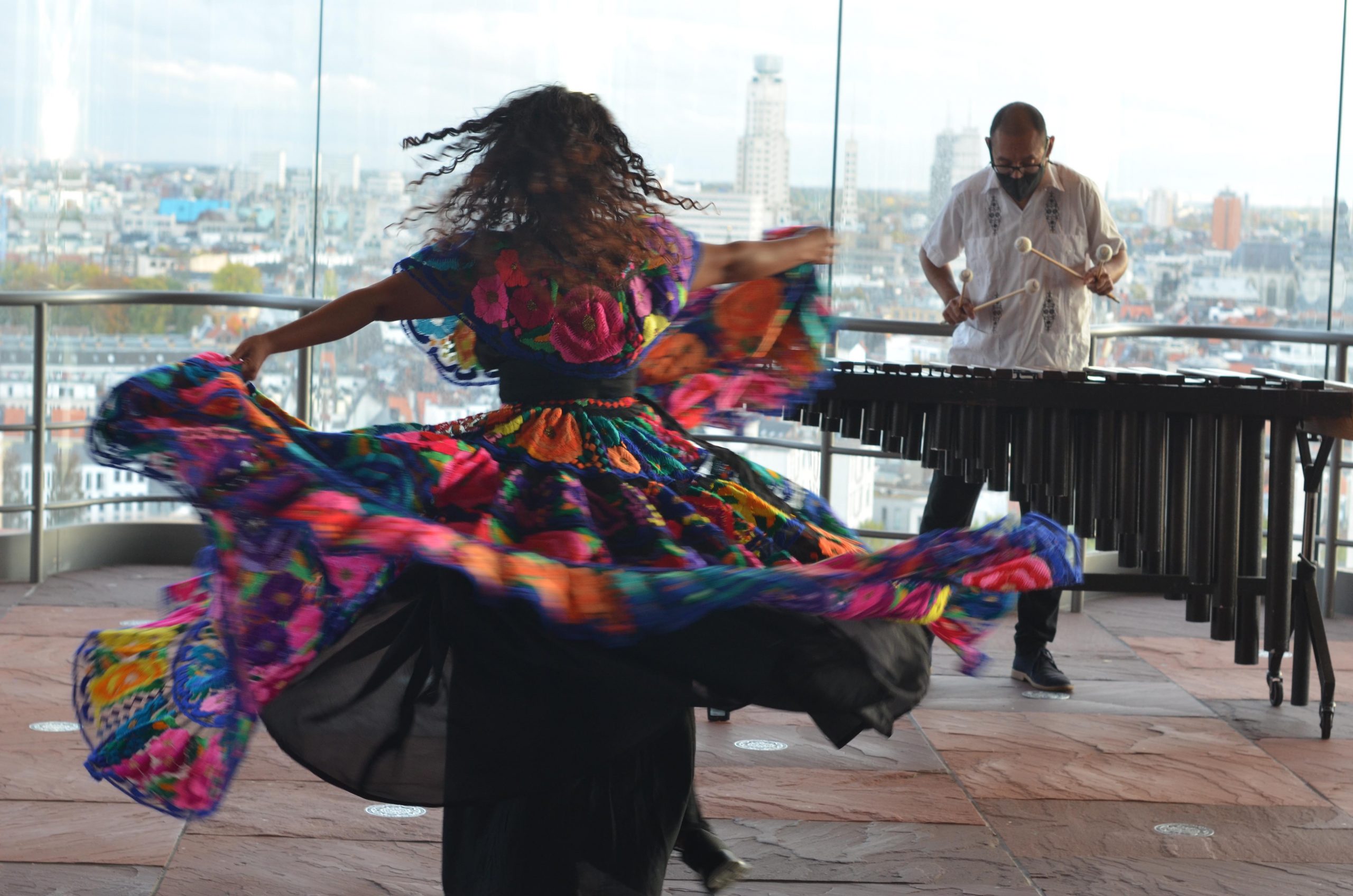



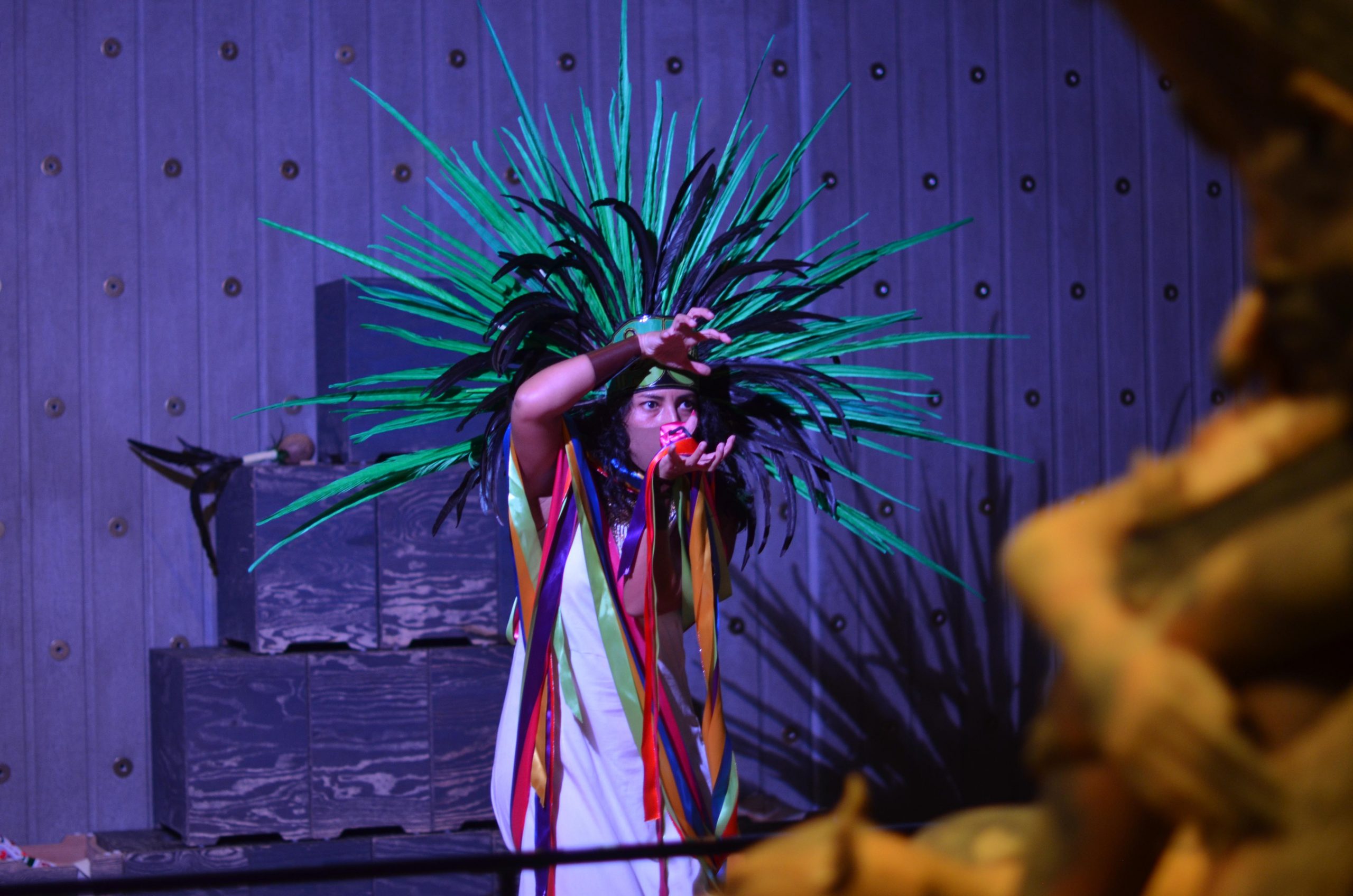

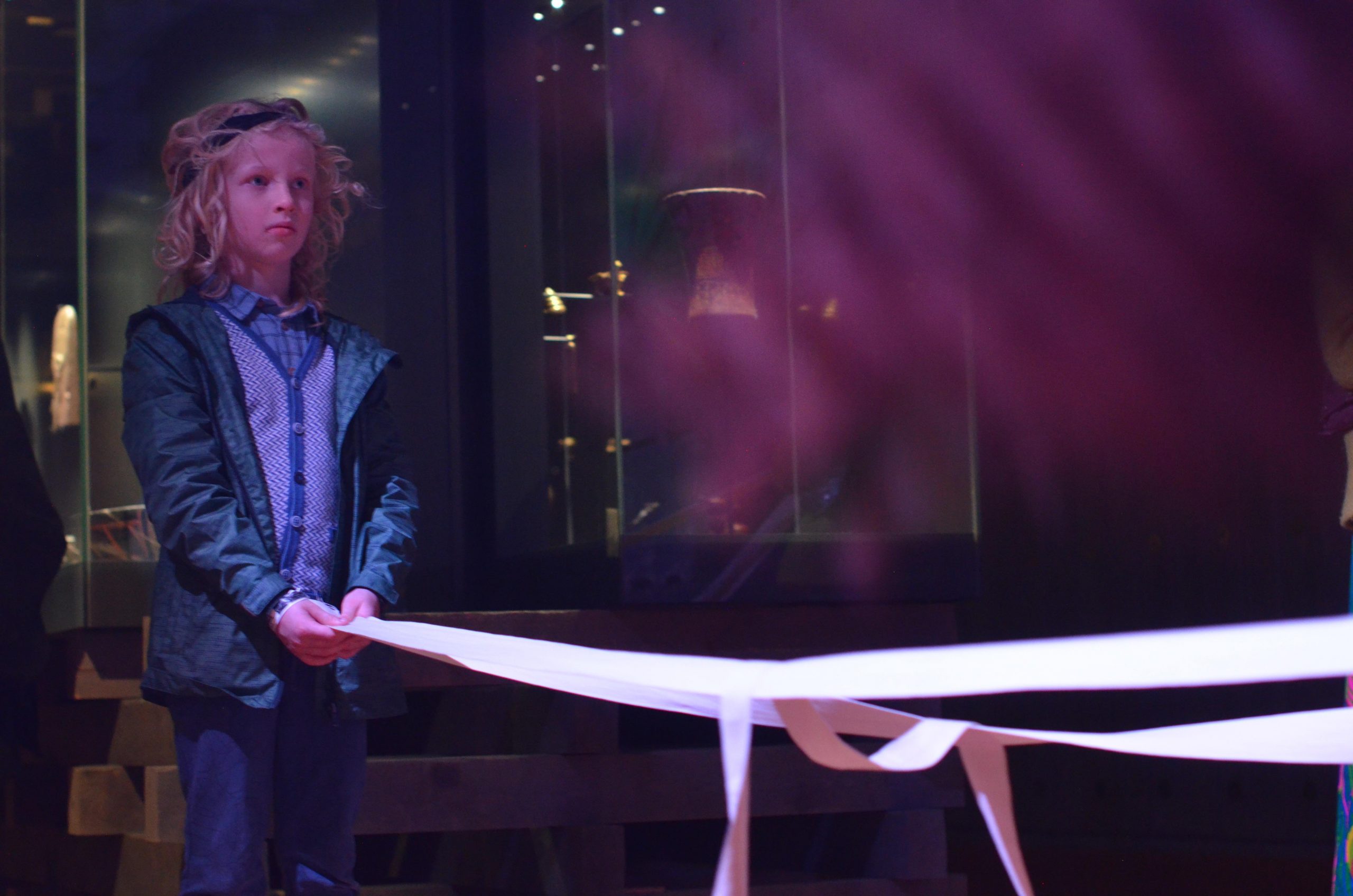



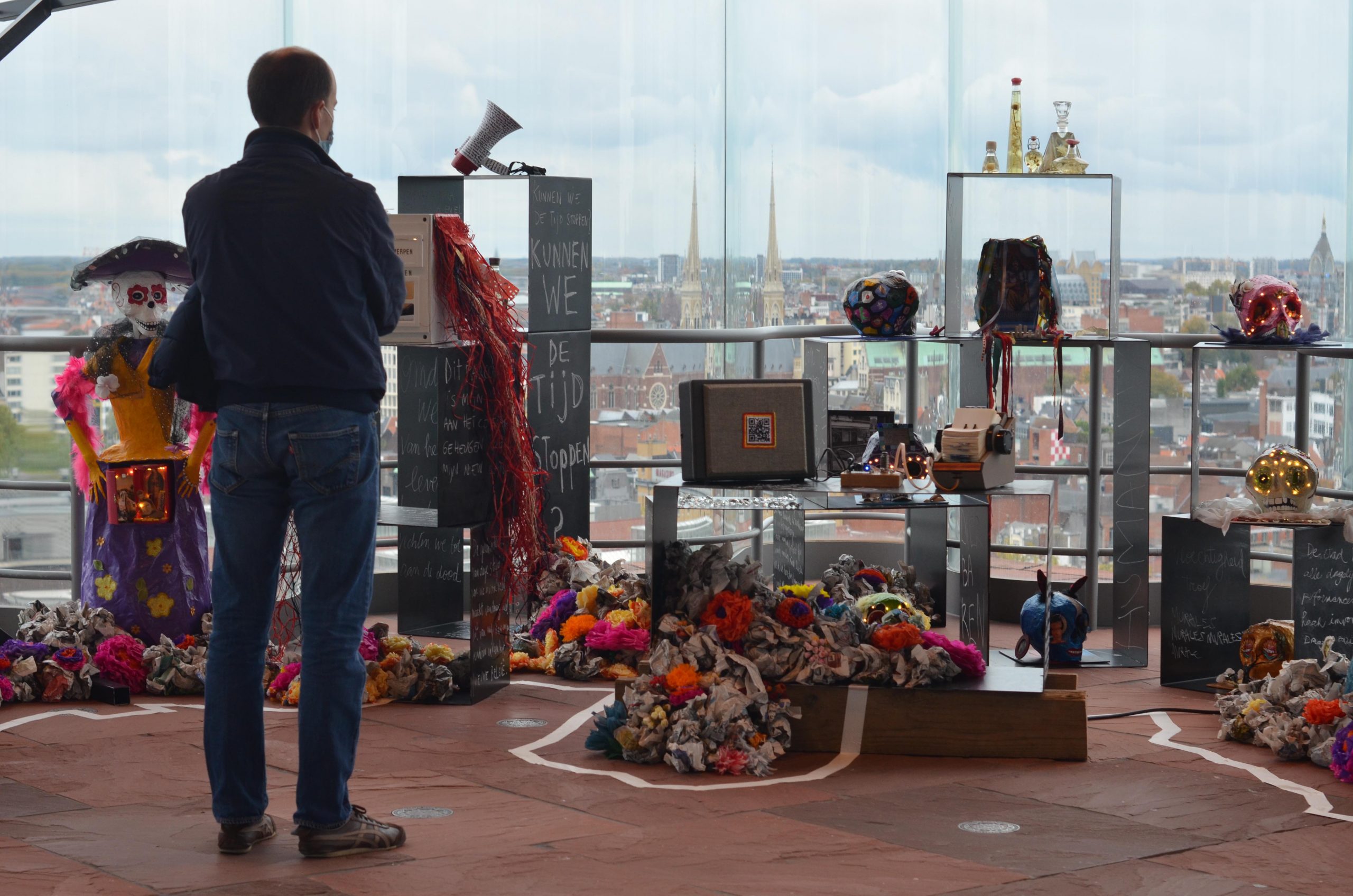

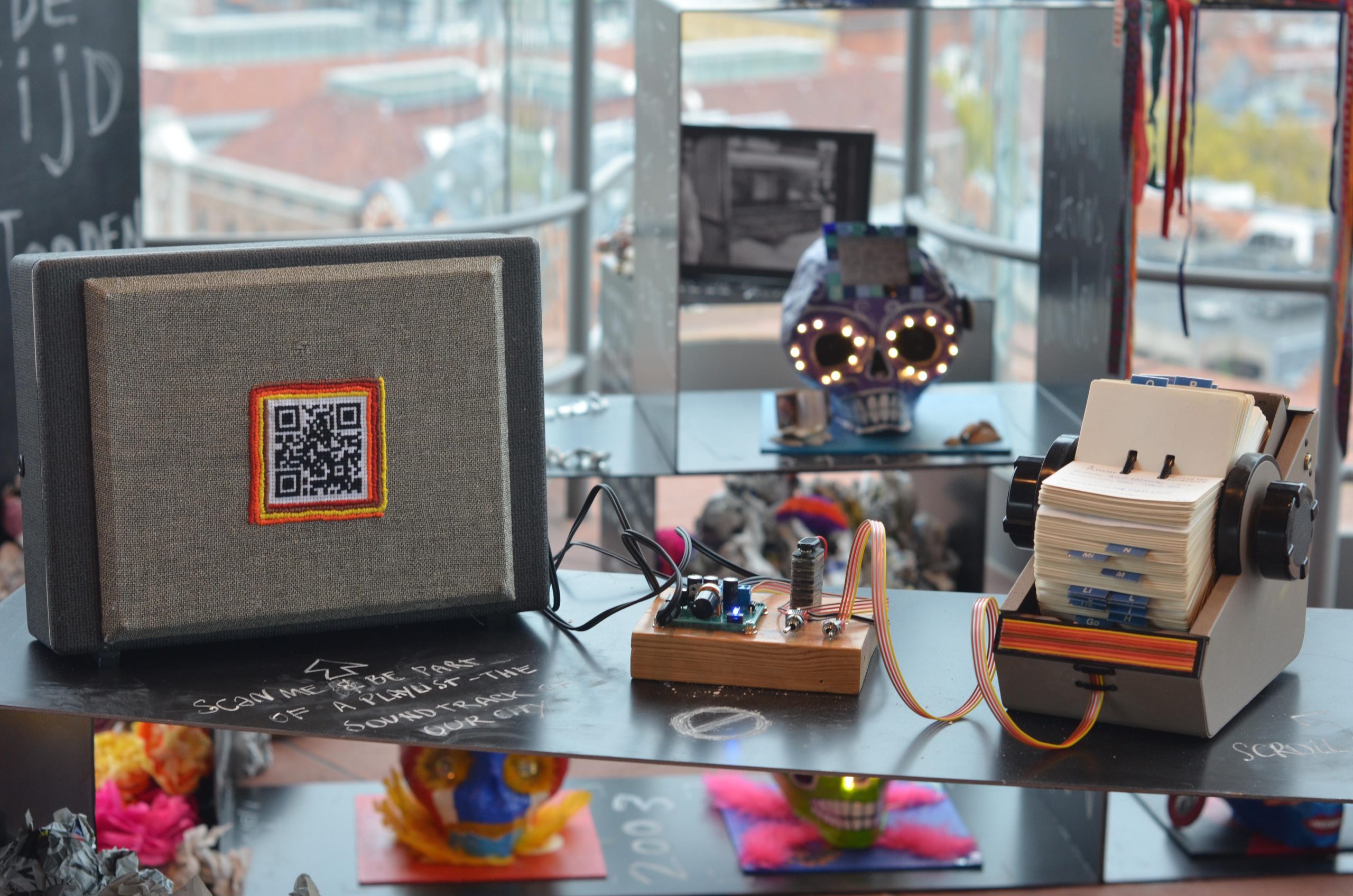



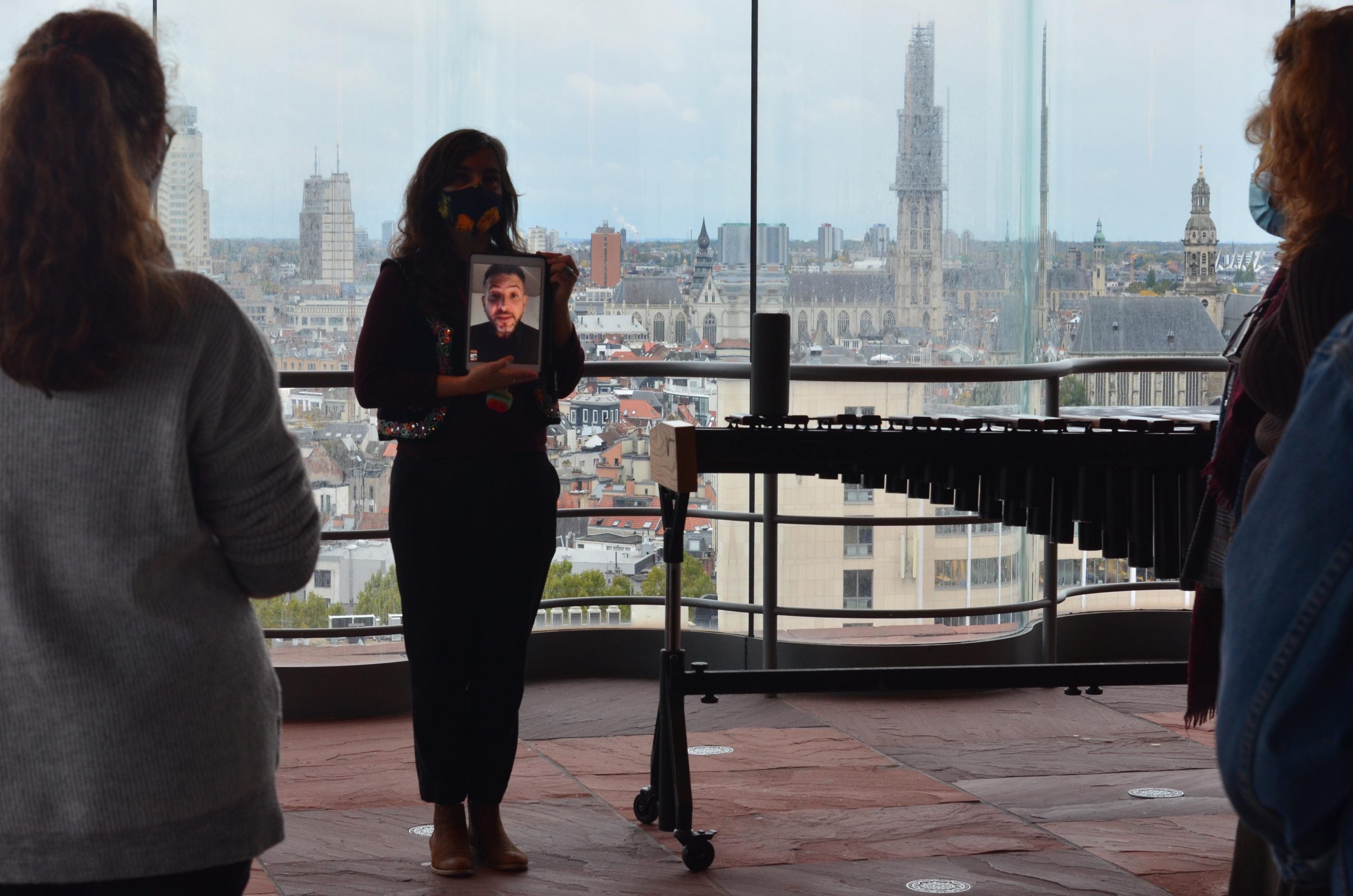



















2011: The intuitive altar
In several Latin American countries, the dead are honoured during Día de Muertos. Their deceased’s altar is a gate through which the dead can rejoin the living.
During the Mestizo Arts Festival in 2011, the Belgian-Mexican Patricia López will present the ‘Las Cajas’ (‘The Boxes’) exhibition. In the salon at the Arenberg, where the exhibition will take place, Mestizo Arts Platform set up Antwerp’s first Altar; an intuitive whole with elements from various Latin American cultures. After the festival, Mestizo Arts Platform decided to turn the altar into an annually growing and changing installation, as a symbol of an Antwerp in motion. The figure of Gauchito Gil, a mythical 19th-century Argentinian folk hero, has already been given a place in this first version of the Altar of Antwerp.
° Colour portrait of Gauchito Gil. Printed and laminated image, decorated with coloured ribbons. 20 x 30 cm.
2012: 100 years of Catrina
In 2012, the Altar was in the MAS for the first time. The Belgian-Mexican Patricia López added the first layer of meaning. The article los was added to Día de Muertos, building a bridge towards ‘Day of the Dead’ in Antwerp. In the first part of her diptych (2012-’13), Patricia developed a workshop in which 6 people participated: Elizabeth Carrazco, Luisa Bernal, Ken Bergers, Rocio Del Moral, Jasper Jeensma and Gaby van den Abeele. They were inspired by the artwork La Catrina by José Guadalupe Posadas – which in 2012 had been drawn exactly one hundred years ago. The participants each fashioned and decorated their own Catrina.
° Six papier-mâché Catrinas, painted and decorated with scarves and veils. They all have a cavity in the middle, to keep relics of deceased loved ones. The Catrinas are between 91 and 126 cm high.
2013: Mexican skulls
Patricia Lopez built the second part of her diptych in 2013. She made Mexican skulls that the participants of the workshop worked on to their own taste: Barbara Bervoets, Luisa Bernal, Joana Rossi, Rocío del Moral, Marina Leal, Jessica van Wellen, Ken Bergers and Gaby van den Abeele.
It was the first time that the contemporary altar had been in dialogue with a traditional Mexican altar. This was drawn up by Martha Carmona, deputy director of the National Museum of Anthropology in Mexico City. Martha also gave a lecture on Fiesta de Muertos.
° Eight painted papier-mâché skulls, decorated with mirrors, photographs, lights, feathers and other elements. They contained relics of deceased loved ones and were all around 22 by 25 cm in size.
2014: Kaleidoscope Memories
How do we talk about death? How do we imagine something we can’t imagine? In 2014, the Argentinian artist Bárbara Echevarría created an installation and performance – Kaleidoscope Memories – that both offered an intimate look at rituals and stories that deal with loss. Four performers got to work: Sumeya Yaman, Melek Arslan, Lorenzo De Brabandere and Ismail L’hamiti. Filmmaker Alex Cordova portrayed their process. His videos were shown on screens during the installation.
This year, the traditional Mexican altar is an Altar del Guerrero, with elements typical of the state of the same name in Mexico and composed by Jeanette Rojas Dib and Natalia Velazco Placencia. In addition to many relics, 3,500 handmade flowers adorned this altar. Both the Altar of Antwerp and the traditional altar were linked to performances. One was performed by Bárbara Echevarría, the other by Los Diablos del Cerro de las Tablas, a performance group from Guerrero. The exhibition ‘Mexican silver from Taxco’ took place in the Umicore pavilion of the MAS. During the vernissage, a delegation of Mexican Antwerp residents read out a manifesto about the disappearance of students in Ayotzinapa.
° Twenty crystals in different shapes, from 2 to 6 cm in size
° Kaleidoscope Memories video. 11 minutes in a loop
2015: Ephemerality is key
In 2015, the ephemeral character of street art took centre stage, under the title ‘MURAL, la pared como un lienzo – MURAL, the wall as a canvas’. Contemporary Antwerp artists referred to Mexican street art and the work of Mexican muralist Diego Rivera (1886-1957) was central. The partners in the project were Arenberg, De Studio, wpZimmer, KVS, ‘t Arsenaal, KOP and Spoorwegen Luchtbal. Artist Bart Boudewijns, alias SMOK, made a portrait of Diego Rivera. Elizabeth Carrazco and Alex Cordova created a work about the murder of the students of Ayotzinapa.
° Two paintings. Various techniques on wood (acrylic paint, oil paint, graffiti, cardboard). 180 x 180 cm
2016: MAPping - our memory mapped out
The city does not exist, it is a mix of places, a depot of memories and the backdrop for the actions of its residents. All together, we are testing out its limits. In 2016, MAPping was the theme of the Altar of Antwerp. Artists and the public drew out the course of their lives in the city. They told stories about loss that were literally mapped out by artist Lucila Guichón. Younes van den Broeck (alias Spitler) and Yentl De Werdt gave a performance, Jelle Jespers designed the publication ‘MAPping Antwerp’. On the day of the vernissage, the audience also added their own route to the altar.
° Object book with transparent folies containing stories about loss in the city of Antwerp, by rapper Spitler and dancer Yentl De Werdt. 25 x 25cm
° Object book with transparent tinfoil sheets by designer Jelle Jespers and Mestizo Arts Platform. 25 x 25cm
2017: Stop the Time
Can we stop time? With Stop the Time, Joana Rossi presented time as something tangible that we are constantly losing. But are we really losing it? Can we go back to stopped time? And will it still be the same? One thing is certain: everything that is lost remains as a silent imprint in memories and actions. In 2017, the installation consisted of a selection of bottles filled with wild flowers on strong water. The bottles welcomed the objects that Antwerp citizens brought from their beloved deceased to the MAS. The following year, Aimée Zito Lema presented a photo installation starring these objects.
° 5 glass bottles with wild flowers on strong water, accompanied by the initials of the maker. Next to the jars are portraits of the beloved deceased. Dimensions between 5 and 20 cm
2018: Souvenirs of memory
In 2018, Aimée Zito Lema built an installation with the objects of Antwerp citizens from 2017, based on photographs of the objects and the accompanying stories. The installation came into its own in the Celebration! exhibition by the MAS. Pictures of it were included in the Altar of Antwerp. Rojo Cordova, a slam poet from Mexico City, worked for three months on The Belgican Link project, in which he compared Brussels with Mexico City. His investigation ended in a ‘psychomagical’ performance at the KVS in Brussels. At the MAS, he performed a poem about Jesús Malverde, a character from contemporary Mexican mythology. To reinforce his words and performance, Rojo used a megaphone.
° 8 dust-stamped photos, between 1 and 2 metres high
° Megaphone with the poem by Rojo Cordova
2019: Photobox
In 2019, photographer Cuauhtémoc Garmendia added a photo by Ricardo to the Altar of Antwerp as a symbol for human rights defenders in the world who became victims of violence. In his parallel exhibition on Día de los Muertos in the Permeke library, he showed photographs about loss. Lucila Guichón and Gerardo Salinas created an interactive concept for the Altar: visitors had the opportunity to take a photo of themselves in a photo booth. On the back, they described a feeling, a moment, an object or a person they wanted to recall. The photos ended up in an Object Box that will forever be part of the Altar of Antwerp. Lucila also gave a children’s workshop on ‘making ritual masks’, to evoke the powers of animals, gods or nature. The pictures of the masked children also went into the box.
° Digital colour photo of Cuauhtémoc Garmendia with accompanying text. Various dimensions
° Object box with light, mirrors and paper tape filled with portraits and text evoking the deceased. 35 x 25 x 25 cm
2020 : A PLAYLIST
Certain songs take us back to an earlier time in our lives. They build a bridge to our memories and feelings. Gerardo Salinas, Lucila Guichón and Joana Rossi created A PLAYLIST: the soundtrack of the city for the altar of Antwerp. This list consisted of songs that, for residents of Antwerp, are linked to a moment, a person or a feeling from the past that they want to evoke again. The playlist will be further expanded in the coming years. The ALTARPHONE was placed at the Altar of Antwerp, an object as a gateway to the playlist, along with a song added to the list. Gerardo Salinas together with the artists Gea Zazil, Joana Rossi, Juan Carlos Bonifaz, Lucila Guichón and Javier Perugachi make a performative guided tour.
° ALTARPHONE: assembled object; speaker and archive with QR code as a gateway to the playlist.
° Video of Antwerp artists documenting their contribution to the playlist.
Text: Mestizo Arts Platform in collaboration with Arkasha Keysers
Photos: Lucila Guichón, MAS, Lieven Symaeys (ROJO photo), Cuauthémoc Garmendia, Elizabeth Carrasco, Tine de Pourcq
Design: Rein Vyncke
Altaar van Antwerpen is a collaboration of Mestizo Arts Platform, MAS and the Mexican Embassy
With thanks to: Israel Alonso, Aldo Aranda, Arenberg, Melek Arslan, Ken Bergers, Luisa Bernal, Ken Bernal, Barbara Bervoets, Bibliotheek Permeke, Vincent Boele, Bart Boudewijns aka SMOK, Juan Carlos Bonifaz, Martha Carmona, Elizabeth Carrazco, Centro de Estudios Mexicanos (CEM) de la Universidad de Amberes, Alex Cordova, Rojo Cordova, Lorenzo De Brabandere, Sandra Delgadillo, Lorena Iglesias, Rocío Del Moral, De Studio, Yentl De Werdt, Bárbara Echevarría, Rocío Forero, Cuauhtémoc Garmendia, Jasper Jeensma, Jelle Jesper, KOP, KVS, Los Diablos del Cerro de las Tablas, Ismail L’hamiti, Patricia López, Valeria López, Ivan Moiseeff, Mundana, Nele Paelinck, Cathy Pelgrims, Javier Perugachi, Jeanette Rojas Dib, Sylvia Reyes, Yulma Serrano, Roman Santos, Delphine Somers, Younes Vandenbroeck, Natalia Velazco Placencia, Gaby van den Abeele, Tammy Wille, Lieve Willekens, wpZimmer, Sumeya Yaman, Zilvermuseum Provincie Antwerpen, Aimée Zito Lema & many more.





